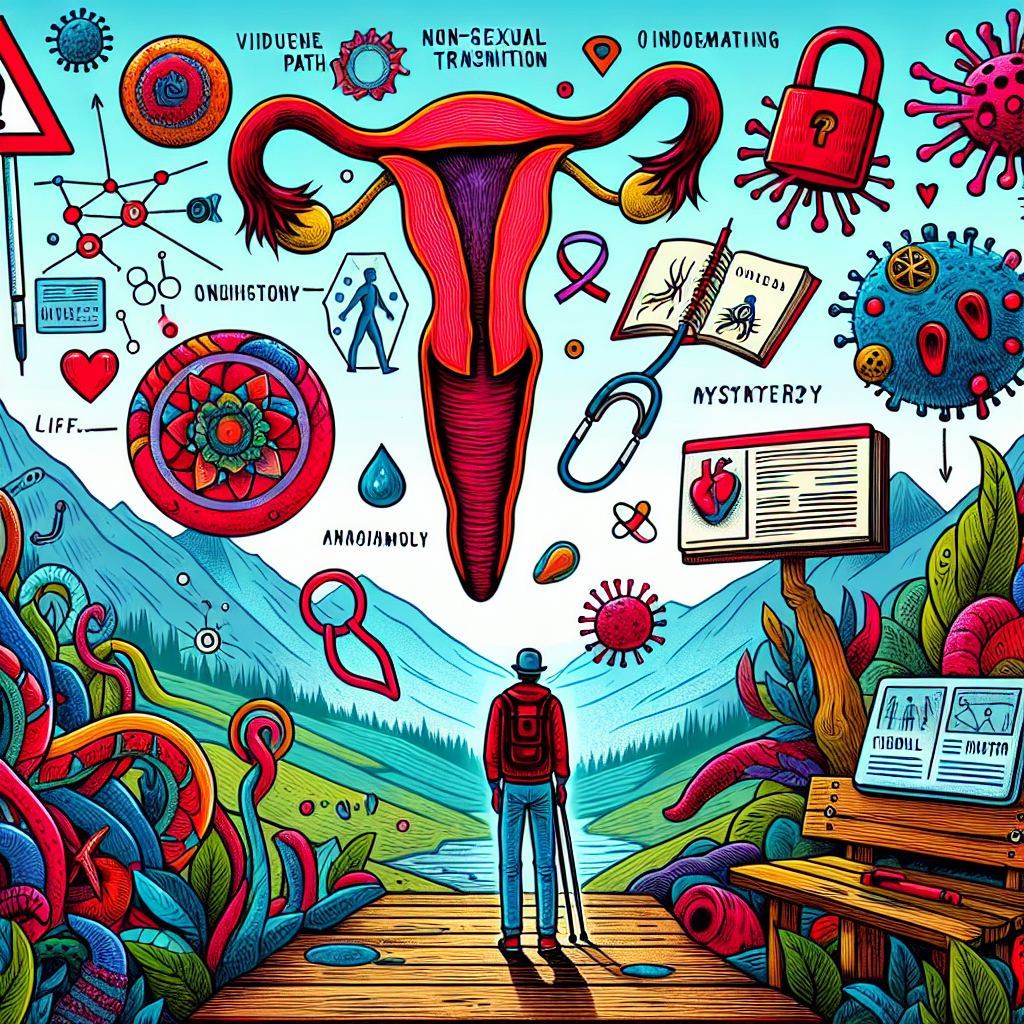Introduction
Imagine waking up to find yourself part of a mystery, one that involves an unwanted guest: chlamydia. You’re puzzled because you haven’t been sexually active. How did this happen? Let’s embark on a journey to discern the various pathways through which this stealthy intruder might have found its way into your life without sexual activity.
- Understanding Chlamydia
- Non-Sexual Transmission Methods
- Preventive Measures
- The Importance of Regular Screenings
- Conclusion
- FAQ
Understanding Chlamydia
Chlamydia trachomatis is a bacterium that primarily spreads through sexual contact. However, the complexities of human biology and behavior allow for occasional exceptions. To fathom the enigma of contracting chlamydia without being sexually active, we must first understand the basics of this common sexually transmitted disease.
Non-Sexual Transmission Methods
Shared Personal Items
Consider a scenario where personal items like towels or underwear are shared. These seemingly innocuous actions can act as vectors for chlamydia. Although rare, the bacterium can survive on such surfaces long enough to make the leap from one person to another.
Public Facilities
Public restrooms and swimming pools are often dismissed as myths in STD transmission. Still, under exceptional circumstances, bacteria like chlamydia could cling to surfaces long enough to pose a risk. Think of these places as a labyrinth where pathogens can hide and surprise unsuspecting victims.
Vertical Transmission
This method might not apply to everyone, but it is crucial for expecting mothers. Chlamydia can be passed from mother to child during childbirth, like a secret inheritance no one wishes for. This highlights the necessity of prenatal screenings to safeguard both maternal and infant health.
Preventive Measures
Prevention is better than cure, especially when it comes to STDs. Employing simple yet effective strategies can serve as your shield against unexpected infections.
- Personal Hygiene: Maintaining impeccable hygiene is the first line of defense.
- Avoid Sharing Personal Items: Towels, razors, and underwear should remain personal treasures.
- Regular Screenings: Regular health check-ups can act as your radar, detecting hidden threats early on.
For comprehensive testing options, explore our FAQ page.
The Importance of Regular Screenings
Regular screenings are not just a precaution; they are a necessity. Consider them as routine maintenance for your body’s engine. An undetected STD can lead to severe complications down the road. Therefore, awareness and timely action are your best allies in maintaining optimal health.
For more details on what types of screenings might benefit you, visit our STD Testing Panel.
Conclusion
The labyrinth of chlamydia transmission is intricate, but understanding its various pathways empowers us to navigate it safely. Whether through non-sexual contact or other avenues, knowledge remains our most potent weapon against this elusive enemy. So, arm yourself with information, practice preventive measures, and never underestimate the power of regular screenings.
FAQ
Can I get chlamydia from a toilet seat?
The risk is extremely low, but theoretically possible if the bacteria are present on the seat and come into direct contact with your genital area.
Is chlamydia only transmitted sexually?
While sexual contact is the primary mode of transmission, non-sexual methods, though rare, can also pose risks.
What are the symptoms of chlamydia?
Symptoms may include unusual discharge, burning sensation during urination, and pain during intercourse. However, many individuals remain asymptomatic.
How can I prevent chlamydia?
Avoid sharing personal items, maintain good hygiene, and consider regular health screenings to catch any potential infections early.
Stay vigilant, stay informed, and above all, stay healthy!











